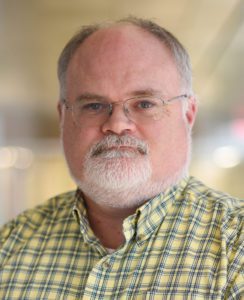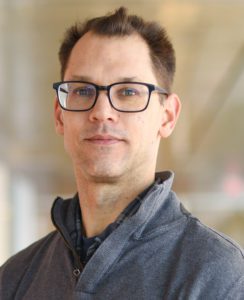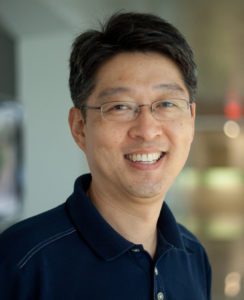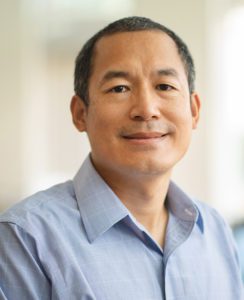Highlights include the BBC.
The post In the news: Michigan Engineering experts November 29 – December 3 appeared first on Michigan Engineering News.
Highlights include the BBC.
The post In the news: Michigan Engineering experts November 29 – December 3 appeared first on Michigan Engineering News.

Hofmann’s control technology has been implemented in commercial vehicles, and he works tirelessly to enhance opportunities for underrepresented students.

Seiler’s contributions to Matlab’s Robust Control Toolbox and to the control of vehicle platoons have resulted in major industrial applications.

Yoon’s research has contributed to a better understanding of the brain, as well as improved detection and treatment of cancer.

Mi’s research is impacting the future of alternative energy, as well as improved methods for water purification and air disinfection.
Prof. Jay Guo and his team discovered a scalable way to settle down and precisely arrange micro- and nano-sized particles according to size
The post Egg-carton-style patterning keeps charged nanoparticles in place and suitable for a wide range of applications appeared first on Michigan Engineering News.
With the help of 1.6 million GaN nanopillars per sensor, the University of Michigan team was able to provide human-level sensitivity with directionality on a compact, easily manufactured system
The post Mimicking a human fingertip’s sensitivity and sense of direction for robotic applications appeared first on Michigan Engineering News.

With the help of 1.6 million GaN nanopillars per sensor, the University of Michigan team was able to provide human-level sensitivity with directionality on a compact, easily manufactured system
Highlights include Bloomberg.
The post In the news: Michigan Engineering experts November 22-26 appeared first on Michigan Engineering News.
In prior posts, two Michigan Engineers worked on the ion engine aboard NASA’s DART probe, set to launch this winter.
The post Intercepting an asteroid appeared first on Michigan Engineering News.